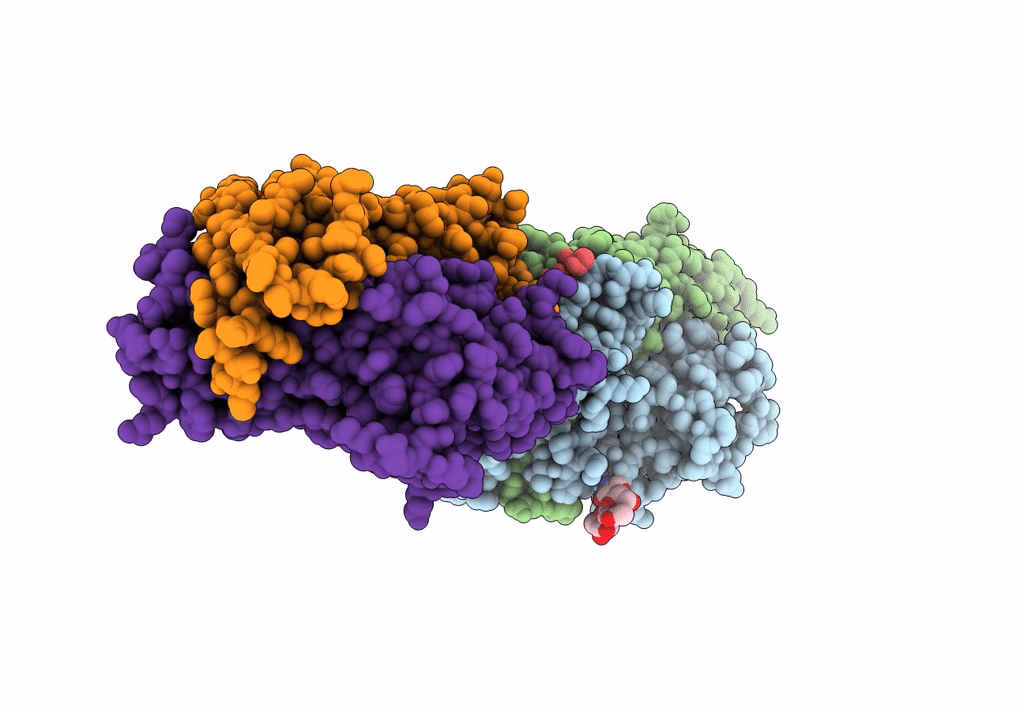
Deposition Date
2021-12-03
Release Date
2022-12-28
Last Version Date
2024-10-23
Entry Detail
PDB ID:
7T2C
Keywords:
Title:
Crystal structure of the B5 TCR in complex with HLA-DP4-Ply
Biological Source:
Source Organism:
Homo sapiens (Taxon ID: 9606)
Streptococcus pneumoniae (Taxon ID: 1313)
Streptococcus pneumoniae (Taxon ID: 1313)
Host Organism:
Method Details:
Experimental Method:
Resolution:
3.10 Å
R-Value Free:
0.25
R-Value Work:
0.21
R-Value Observed:
0.21
Space Group:
I 1 2 1


